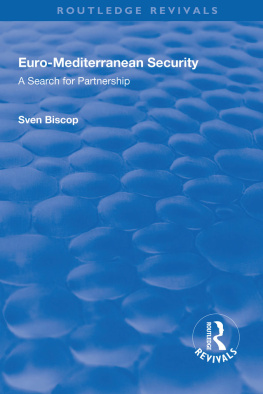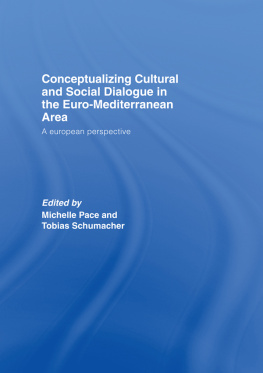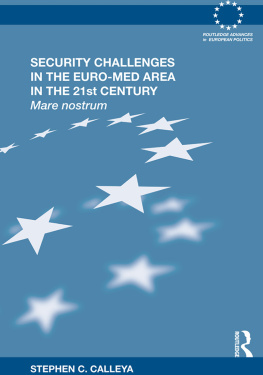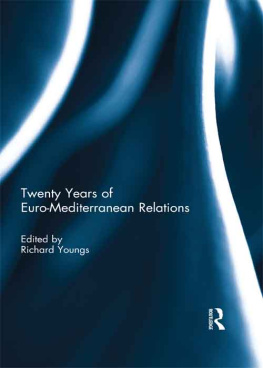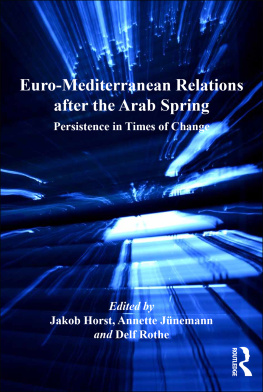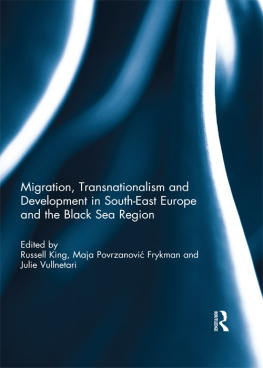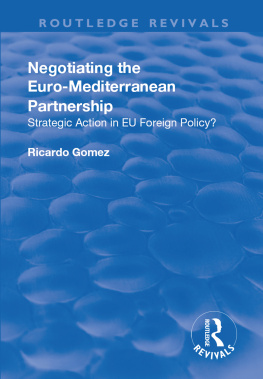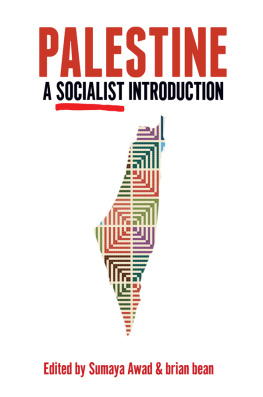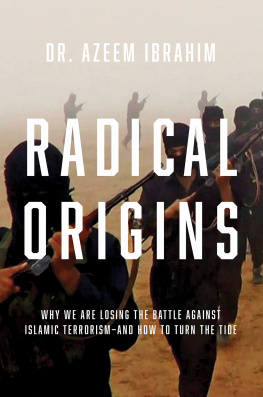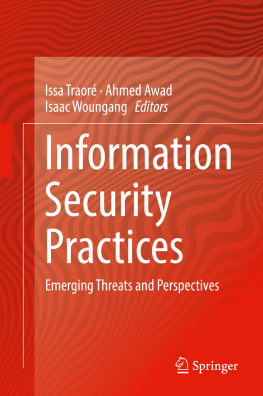
CAIRO PAPERS IN SOCIAL SCIENCE is a valuable resource for Middle East specialists and non-specialists. Published quarterly since 1977, these monographs present the results of current research on a wide range of social, economic, and political issues in the Middle East, and include historical perspectives.
Submissions of studies relevant to these areas are invited. Manuscripts should be around 150 doublespaced typewritten pages and submitted in hard copy or electronically. References should conform to the format of the American Anthropological Association (references with author, date and page parenthetically within the text). Manuscripts are refereed and subject to approval by the Editorial Board.
Opinions expressed in CAIRO PAPERS do not necessarily reflect the views of the editorial staff or of the American University in Cairo. The editors welcome diversity of subject matter and viewpoint.
EDITORIAL BOARD
Maha Abdelrahman
Cambridge University
Amina Elbendary
Arabic & Islamic Civilizations, AUC
Nicholas S. Hopkins, Chair
Anthropology, AUC
Marco Pinfari
Political Science, AUC
Malak S. Rouchdy
Sociology, AUC
Hanan Sabea
Anthropology, AUC
Earl L. Sullivan
Political Science, AUC
Joel Beinin
Stanford University
Sharif Elmusa
Political Science, AUC
Ann M. Lesch
Political Science, AUC
Hoda Rashad
Social Research Center, AUC
Reem Saad
Anthropology, AUC
Mustapha K. Al_Sayyid
Pol. Science, Cairo U.
Iman A. Hamdy
Editor
For submissions and inquiries, please contact:
Dr. Iman Hamdy
Cairo Papers in Social Science
The American University in Cairo
P.O. Box 74
New Cairo 11835, Egypt
Tel: +202.2615.1586
cairopa@aucegypt.edu
Cover photo: courtesy of Amani AbdelBari
Copyright 2019 by the American University in Cairo Press
113, Sharia Kasr el Aini, Cairo, Egypt
420 Fifth Avenue, New York, NY 10018
www.aucpress.com
All rights reserved. No part of this publication may be reproduced, stored in a retrieval system, or transmitted in any form or by any means, electronic, mechanical, photocopying, recording or otherwise, without prior written permission of the copyright owner.
eISBN 9781617979224
Version 1
Contents
In spring 2016, Cairo Papers in Social Science decided to dedicate their 25th annual symposium the following year to the subject of International Migration in the Mediterranean Basin. The Center for Migration and Refugee Studies (CMRS) found that this could not have been more timely, in line with the habitual response of Cairo Papers to the most pressing social issues in public debate. Spring 2016 witnessed the height of discussions and alarm on the European side of the Mediterranean over the flows of displaced people reaching Europe by land and sea. The migration and refugee crisis in the Euro-Mediterranean region was coined as an expression. Before describing the chapters in this issue of Cairo Papers, this introduction will present some reflections about the crisis and then about the normal situation to which the region reverted. The reasons for writing crisis in quotation marks will become apparent in the discussion below.
Crisis
I first take up the term crisis. This is used so often that its meaning has been unquestioned. People who use the term and people who are the objects of the crisis discourse have stopped asking themselves about its meaning. A major, highly respected, international not-for-profit, non-governmental organization concerned with crises was created in the mid 1990s and has acquired increasing importance in the last decade: the International Crisis Group (ICG). The followers of the worthy efforts of the ICG are bewildered by its confusion of crises with conflicts, as when it identifies the crises to be watched in 2016 or 2017. In the last ten years alone, the term crisis has been particularly used in two situations: the global economic crisis and the migration and refugee crisis. Therefore, the question arises: what is a crisis?
Linguistically speaking, many definitions of the term exist. Only a few are spelled out here. It is a time of intense difficulty or danger, or a time when a difficult or important decision is made. It is also a turning point in a sequence of events at which the trend of all future events, for better or for worse, is determined. In international affairs of social, economic, or political character, one definition of crisis is that it is a condition of instability or danger leading to a decisive change. Three years after the peak of the alarm in 20152016, the flows of crisis claims have sensibly receded. I will return later to the definition of crisis, especially that of crisis in international affairs, to see whether it actually applies to the migration and refugee movements of recent years in the Mediterranean basin.
Mediterranean Region
For geographers, the region centered upon a sea includes its hinterland. Therefore, the Mediterranean region includes the basin of the Mediterranean Sea and its hinterland. This is the definition adopted by the European Union (EU), in any case. The EU view of the Mediterranean thus encompasses Jordan, which is not a coastal state. When the 5+5 countries of the Western Mediterranean Basin meet, they include Portugal to the north and Mauritania to the south, both non-coastal countries. The Mediterranean also includes Europe as a whole, since European integration does not allow Mediterranean Europe to act on its own. The attitude of Germany and others toward the original idea of the Union for the Mediterranean (UfM) and integrated policies such as trade policy are the best witnesses to that.
Having summarily defined crisis and delineated the space where it is assumed to have unfolded, I will review the migration and refugee movements in this space since 2011. The numbers involved are known and easily accessible. The review focuses on trends and directions rather than on detailed statistics. Two sub-periods are identified: 20112013 and 20142016.
Migration and Refugee Movements 20112013
The Awakening of several Arab countries on the southern and eastern rims of the Mediterranean in the winter of 20102011 raised concerns, particularly in European countries, about the migration flows it could engender. It was believed that political instability and the economic slowdown that would ensue would be at the origin of large migration flows. A senior political figure in the EU warned of migration flows of Biblical dimensions. The fact is that, despite some initial irregular movements of limited size in spring 2011, the large flows did not materialize (Awad 2013). Rather than toward the north, the Arab Awakening generated population movements at the east of the Mediterranean basin, within the Arab Middle East region and in its immediate neighborhood. In Syria, revolt against the political regime in power soon turned into open civil strife. Refugee movements to bordering Jordan and Lebanon started and then accelerated. They also reached neighboring Turkey and Egypt. Considering the volumes of the moving populations and those of the bordering countries, specifically Jordan and Lebanon, the Syrian refugee movements stood out as unprecedented.
As revolt against authoritarianism and arbitrariness reached Libya and toppled the Gaddafi regime, other types of population movements took shape in 20112012. These were movements of Egyptians, Tunisians, and nationals of African countries south of Libya fleeing the violence and returning home. Followers of Gaddafi also sought refuge to the east and west, in Egypt and Tunisia. A third type was that of hundreds of thousands of migrant workers, mainly of Asian origin, who also fled to Egypt and Tunisia and, from there, were flown to their countries of origin.



